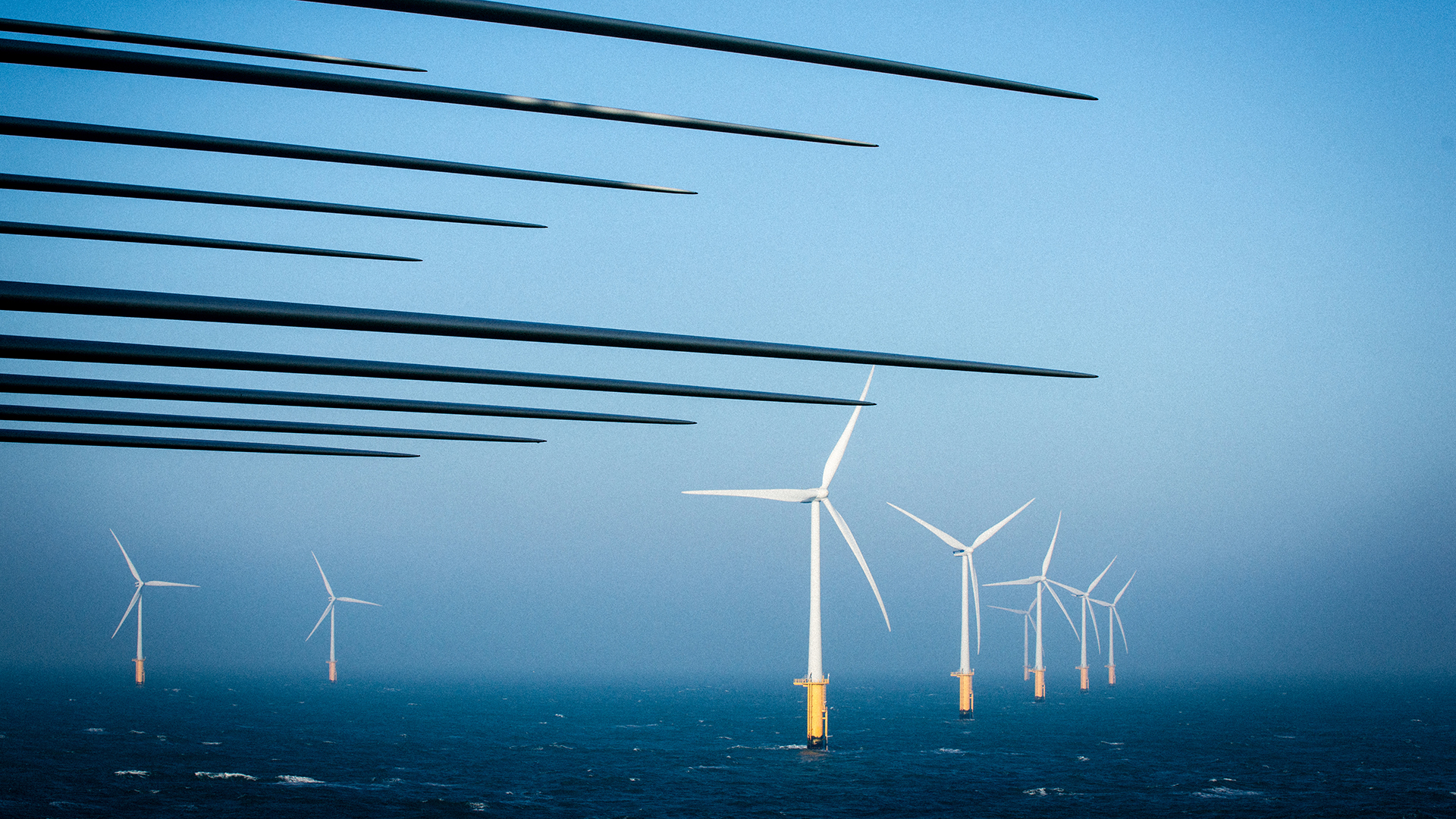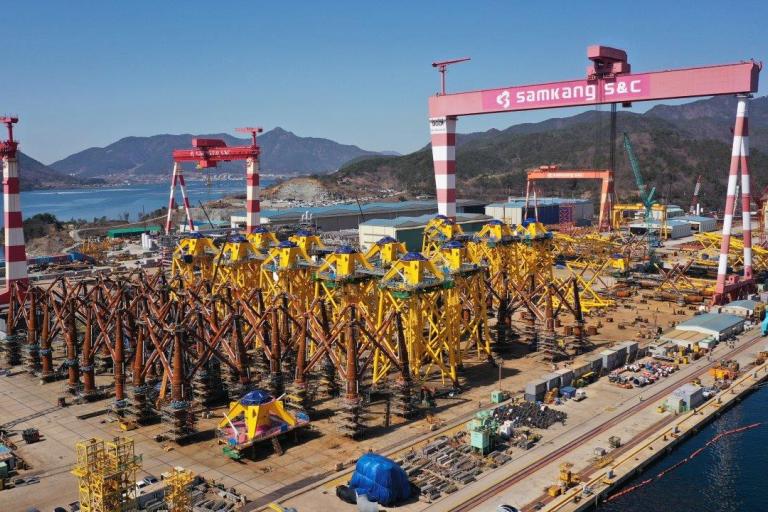Renewable energy loses to fossil energy when there is overproduction. That tide must be turned

When the wind doesn't blow, there's nothing. And the same applies to the sun. In addition, electricity is to be generated locally at many different and smaller locations compared to the previous model of electricity generated centrally in large nuclear and gas power plants. This creates special challenges for the electricity network. It has to evolve significantly and deal with a centre of gravity that has shifted towards the coast, where, for example, offshore wind farms inject huge amounts of electricity.
Jan Dens
"It is important to work together on new technologies to enable large-scale energy storage."
Jan Dens has been with Jan De Nul Group for two years as Manager of the Offshore Renewables Electrical Department. Before that, he worked as Electrical Package Manager at offshore wind farm developer Parkwind.
From sea to land
In Belgium, there is currently a production capacity of about 2.3 GW from offshore wind. This covers 2.2 million households, or about half of the residential electricity consumption in Belgium. Most of this electricity comes ashore via the high-voltage substation 'Stevin' in Zeebrugge; and there are plans to expand this capacity with another 2.1 GW of offshore wind production capacity, almost a doubling.
In a standard offshore wind farm - with a capacity of 200 to 300 MW - the electricity generated by the turbines is often collected in a high-voltage sub-station at sea. There, the electricity is converted to grid voltage, for example from 33 or 66 KV to 150 or 220 KV. This high-voltage sub-station is then connected to the onshore electricity network via submarine export cables. In Belgium, this national grid network is managed by Elia, but each country has its own operator. Before the wind farm is connected to the transmission grid, it must comply with very strict rules, known as the grid code. After all, the quality and safety of the supplied electricity is crucial.
Complex management of the electricity grid
The onshore electricity network must be reinforced in specific places to guarantee the safety and reliability of electricity transmission. For this purpose, major infrastructure projects are being carried out. In Belgium, the Ventilus project and the Boucle De Hainaut project to reinforce the onshore grid are in progress, and there are similar projects worldwide. The installation of large interconnectors between the electricity grids of different European countries also plays an essential role in sharing the load on the grid: import supply in case of shortage and export in case of excess electricity generation. Just think of the NEMO link between Belgium and Great Britain and the ALEGRO project connecting Belgium and Germany. We still hear too often that the production of offshore wind farms had to be temporarily reduced because there was so much wind and the electricity production in our country at that moment far exceeded the consumption. After all, you cannot just shut down a nuclear power plant.
Smart grids
Solar and wind energy production is fairly unpredictable, can be erratic and often does not match the demand for electricity. Renewable energy producers and network operators must therefore work together on new digital technologies and smart grids to enable the efficient transmission of electricity, produced by a mix of technologies in a variety of places, to the end users. Matching electricity consumption and generation also requires a certain sensitisation of the population and industry.
Scale of hydro-electric lagoons, battery packs and hydrogen production
A key factor in matching electricity consumption and generation is the development of technology that enables large-scale energy storage. It is in this scale that the innovative challenge lies. Not every country can, like Norway does, store a lot of energy in large lakes and tap into it via hydroelectric power stations in times of high demand.
Hydro-electric lagoons have already been considered: a basin would be pumped empty using a surplus of cheap electricity and hydropower turbines could generate electricity at peak load times.
Research is ongoing to significantly increase the efficiency and storage capacity of large battery systems, which are already being installed at wind farms today. At present, such a Battery Energy Storage System (BESS) has a capacity of 100 or even 150 MWh. A standard wind farm with a capacity of 300 MW can charge that battery in half an hour, which means it will be used rather to buffer the peak effect on the grid during ramp-up and ramp-down periods – when the wind suddenly and drastically stops or rises, since such a peak effect is very bad for the stability of an electricity grid. The current battery systems mitigate this transition. But if one would want to compensate a large part of the wind farm's power for four hours or more with such a battery system, then gigantic battery packs are required. To make a simple comparison: a Tesla has a battery capacity of about 100 kWh.
A third way to possibly harness a surplus of electricity: is using it to make hydrogen, which can then be stored or used as fuel. In short, it looks like the challenges of the global energy transition will bring about many developments and Jan De Nul Group is eager to help tackle them.
-

Offshore windfarm Changhua in Taiwan
For the Changhua wind farm in Taiwan, Jan De Nul Group's Offshore Renewables Electrical department was responsible for the entire electrical scope of the project, including all electrical components of the offshore structures and the connection of the wind farm to the onshore grid.